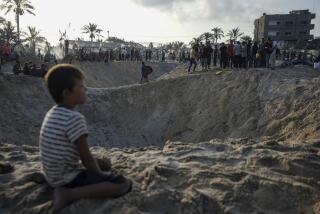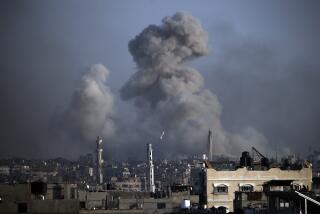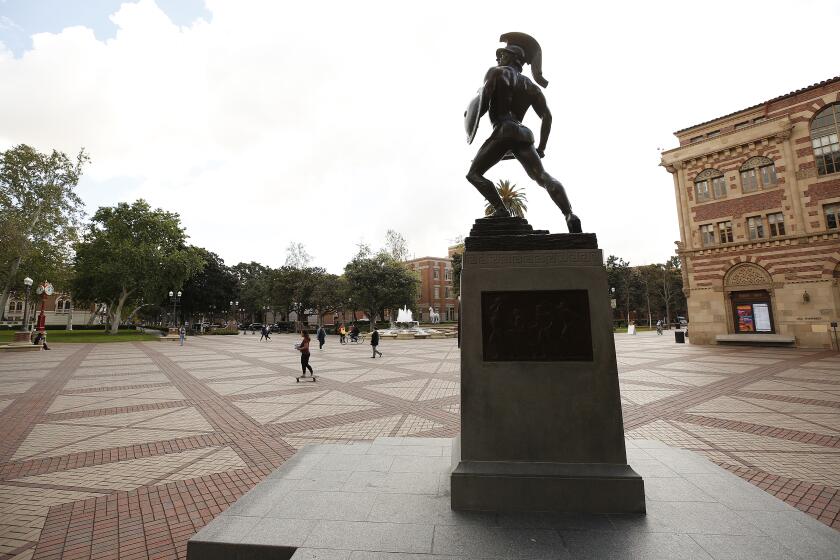Denying Pakistan
At the latest international conference on Afghanistan, held this month in Istanbul, participants affirmed their resolve to “combat the financing, harboring, training, and equipping” of terrorism. The words were directed largely at Pakistan and what is increasingly recognized as that country’s deliberate and long-standing policy of utilizing violent extremism to advance its security interests.
Yet now the U.S. government seems poised to reward this policy by asking its architects, the Pakistani military and its intelligence agency, to broker Afghanistan peace negotiations with the very insurgents they fostered.
For much of the past decade, I have lived in Kandahar, Afghanistan, where I was able to observe firsthand the activities of the Pakistani military in support of the resurgent Taliban. I learned from the Kandahar chief of police about “retired” Pakistani military intelligence (ISI) officers who had reopened training camps along the barren and wind-swept border between the two countries. I provided the U.S. Embassy with the ISI-issued license plate number on the car used by a senior Taliban commander. Numerous friends of mine, many of them former refugees who frequently traveled to Pakistan, described the impunity with which former Taliban were allowed to meet and organize in Quetta, the capital of Pakistan’s Baluchistan province. Another friend who lived just over the Pakistani border wanted me to come witness ISI officers distribute motorcycles at a religious school in his neighborhood. They then instructed the students to ride the motorcycles across the border and swell the Taliban’s ranks in Afghanistan. These personal observations are buttressed by a growing body of classified and unclassified documentation.
Because the government of Pakistan has assisted in other aspects of the U.S. fight against terrorism, U.S. officials have tended to neglect the role Pakistan is also playing in building up the very insurgency it is supposedly helping us fight. My Afghan friends cannot understand our willful blindness.
A turning point came on Sept. 14, when members of the ISI-supported Haqqani network attacked the U.S. Embassy in Kabul. Evidence of the Haqqani network’s responsibility for this attack enraged U.S. officials. It was one thing, their response seemed to imply, for Pakistan to send its proxies to fight our soldiers, but another for a Pakistani-supported group to attack the symbolic, sovereign territory represented by an embassy. That crossed a line.
In the wake of the embassy attack, the U.S. focused intensively on the Haqqani network’s activities and its ISI ties. But Pakistan’s policy of backing militants is not limited to the Haqqani network. The list of extremist groups supported by the Pakistani military is long. And the support is not new. In fact, the U.S. came close to designating Pakistan a state sponsor of terrorism in 1993, a year before the ISI’s protege, the Taliban, launched a major offensive in Afghanistan.
So why has Pakistan maintained this consistent — and risky — embrace of violent extremism? Regarding Afghanistan, the purpose of sponsoring militant groups has been to obtain proxy control of as much of the country as possible — as a way for Pakistan to punch above its weight internationally. That goal was largely achieved by 1995, when with ISI help, the Taliban governed a growing chunk of Afghanistan from its stronghold in Kandahar.
Ever since the United States toppled that government in 2001, the ISI has been surreptitiously trying to reinstate it. But this time, the strategy isn’t to achieve a military victory, as it was in the ‘90s. Such a goal — against NATO, the most powerful military alliance on Earth — would be laughable. This time, the strategy has been to wear down the international and Afghan militaries, and to wear down the Afghan people in areas where the insurgency is concentrated, so that Washington and Kabul will see no alternative but to negotiate with the insurgents — and to let Pakistan determine which insurgents will enter the talks and what terms they’ll accept.
U.S. officials — and many antiwar Americans — are walking right into this trap. In a policy now called “talk, fight, build,” the U.S. government is actually asking the ISI to do precisely what it wants to do: usher its favorite insurgent leaders to the negotiating table.
“A political outcome,” a.k.a. talks, in the words of former Defense Secretary Robert M. Gates, “is the way most wars end.” The question is, talks with whom?
The notion that there are three separate entities in this equation — the government of Afghanistan, the government of Pakistan and the insurgents — has been revealed as a fallacy. The insurgents are an instrument of the government of Pakistan.
So let’s stop pretending. The talks the U.S. government should be facilitating are between two sovereign nations, Afghanistan and Pakistan. If the government of Pakistan has concerns or aspirations regarding its neighbor, it should address them directly, through facilitated negotiations. It should spell out its concerns through this process, and the U.S. should help guarantee that the legitimate ones are properly addressed in a binding treaty. But turning your neighbor into a client state is not a legitimate aspiration and should not be facilitated.
A second set of talks could address the well-founded grievances almost all Afghans, insurgents included, have against their government. But that process should involve Afghans alone. No outside power, least of all Pakistan, should interfere.
Such a two-track approach might still save Afghanistan. And it would at least not reward Islamabad for its long-standing policy of financing, harboring, training, equipping and often directing violent extremists.
Sarah Chayes has served as a senior advisor to the U.S. military on Afghanistan and Pakistan, among other strategic issues. She founded a cooperative in Kandahar that produces skin-care products from local agricultural products (https://www.arghand.org and is the author of “The Punishment of Virtue: Inside Afghanistan After the Taliban.”
More to Read
A cure for the common opinion
Get thought-provoking perspectives with our weekly newsletter.
You may occasionally receive promotional content from the Los Angeles Times.










